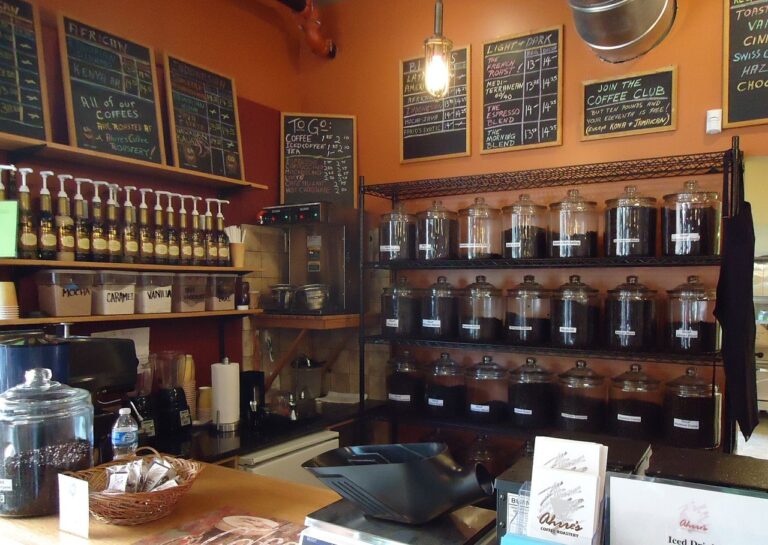The Future of Food Delivery: Technology-driven Trends and Challenges
The food delivery industry is experiencing a transformative shift, propelled by several key drivers. One significant factor driving change is the increased demand for convenience and efficiency in today’s fast-paced society. Consumers seek seamless and quick food delivery services that fit into their busy lifestyles, pushing companies to innovate and adapt to evolving customer preferences.
Furthermore, advancements in technology have revolutionized the way food delivery services operate. The widespread use of mobile applications and online platforms has streamlined the ordering process, making it more convenient for customers to place and track their orders. Additionally, the integration of data analytics and artificial intelligence has enabled companies to optimize their delivery routes, enhance customer experiences, and provide personalized recommendations, shaping the future of the industry.
Impact of Artificial Intelligence on Food Delivery Services
Artificial intelligence has swiftly revolutionized the food delivery services industry, enhancing efficiency and convenience for both customers and businesses. By implementing AI-powered algorithms, restaurants and delivery platforms can analyze data to streamline processes, optimize delivery routes, and predict customer preferences with remarkable accuracy. This technology enables seamless order management, ensuring swift deliveries and improving overall customer satisfaction.
Moreover, AI has played a crucial role in enhancing the personalization of food delivery services. Through machine learning, platforms can tailor food recommendations based on individual preferences, order history, and even factors like location and weather conditions. This level of customization not only improves user experience but also boosts sales and customer loyalty in an increasingly competitive market.
The Rise of Ghost Kitchens in the Food Delivery Landscape
Ghost kitchens, also known as virtual kitchens or cloud kitchens, are rapidly gaining popularity in the food delivery landscape. These kitchens operate without a physical storefront, allowing restaurants to focus solely on food preparation and delivery. With the rise of online food delivery services, ghost kitchens provide a cost-effective solution for businesses looking to expand their reach without the overhead costs associated with traditional brick-and-mortar locations.
One of the key advantages of ghost kitchens is their ability to offer a variety of different cuisines from the same location. This flexibility allows businesses to cater to diverse consumer preferences and experiment with new menu items without the constraints of a physical dining space. By leveraging technology and data analytics, ghost kitchens can streamline operations, optimize delivery routes, and enhance customer experience, making them a strategic choice for restaurants looking to adapt to the evolving demands of the food delivery industry.
• Ghost kitchens operate without a physical storefront
• Cost-effective solution for businesses looking to expand reach
• Ability to offer a variety of different cuisines from the same location
• Flexibility to cater to diverse consumer preferences and experiment with new menu items
• Leveraging technology and data analytics to streamline operations, optimize delivery routes, and enhance customer experience
What are ghost kitchens?
Ghost kitchens are professional food preparation and cooking facilities set up for the purpose of fulfilling delivery-only orders. These kitchens do not have a physical dining space for customers.
How do ghost kitchens impact the food delivery landscape?
Ghost kitchens allow restaurants to fulfill delivery orders more efficiently, as they can focus solely on preparing food for delivery without the additional costs of running a dine-in establishment. This has led to a rise in the popularity of ghost kitchens among restaurants.
How does artificial intelligence play a role in food delivery services?
Artificial intelligence is being used to optimize delivery routes, predict customer preferences, and streamline the ordering process. This technology has helped food delivery services improve efficiency and customer satisfaction.
Why are ghost kitchens becoming more prevalent in the food delivery industry?
Ghost kitchens offer a cost-effective solution for restaurants looking to expand their delivery services without the overhead costs of operating a physical location. With the increasing demand for food delivery, ghost kitchens provide a way for restaurants to meet customer needs efficiently.







